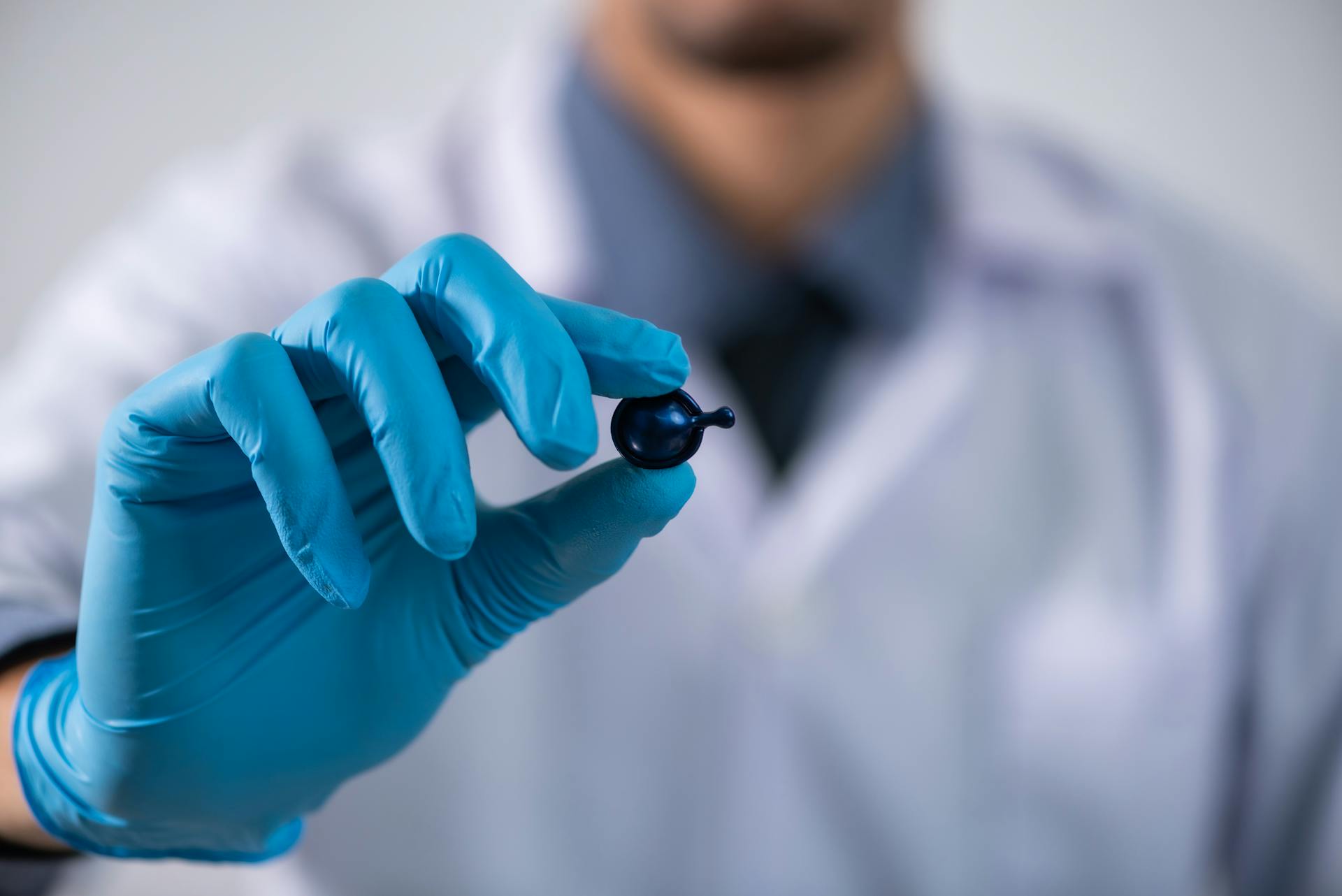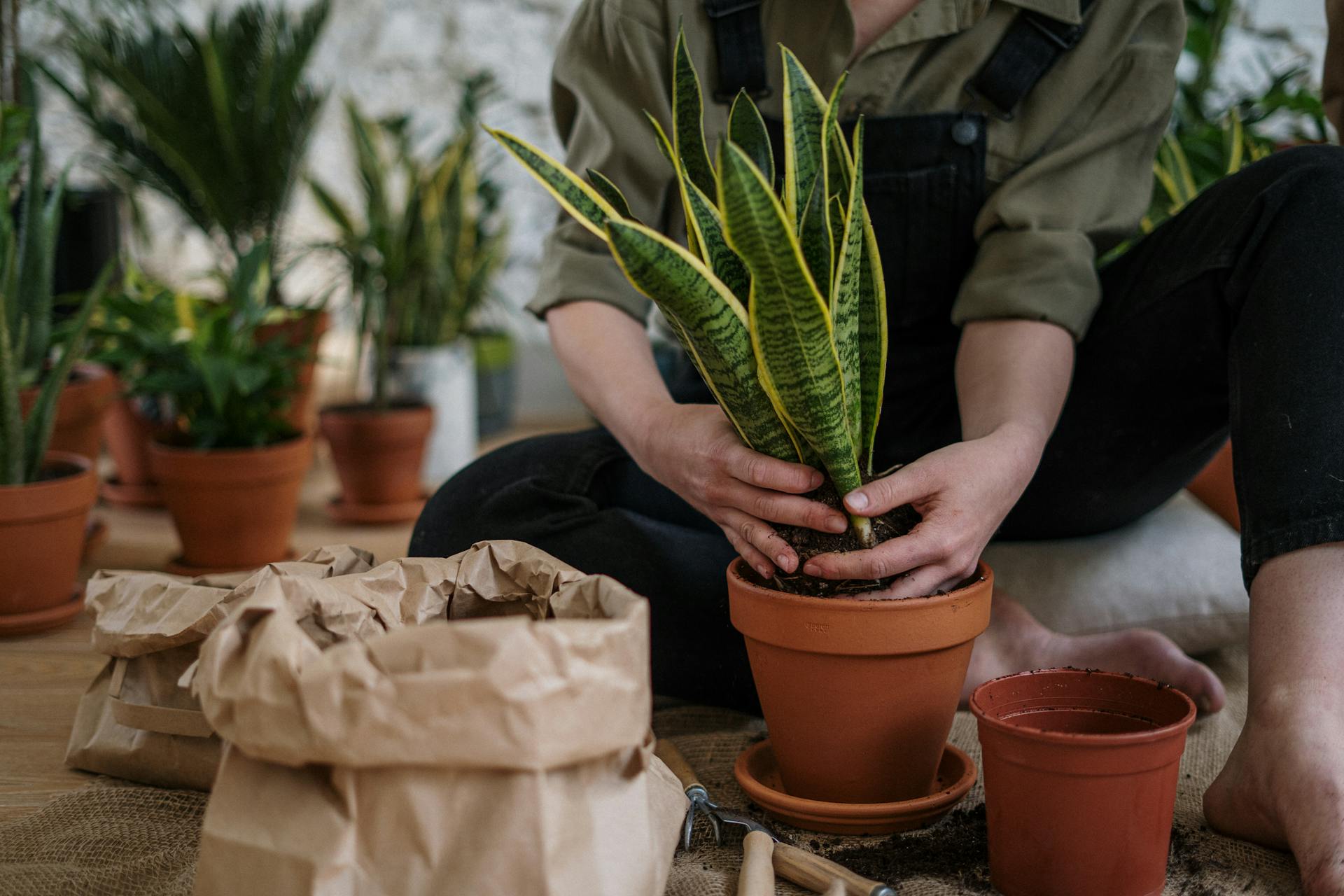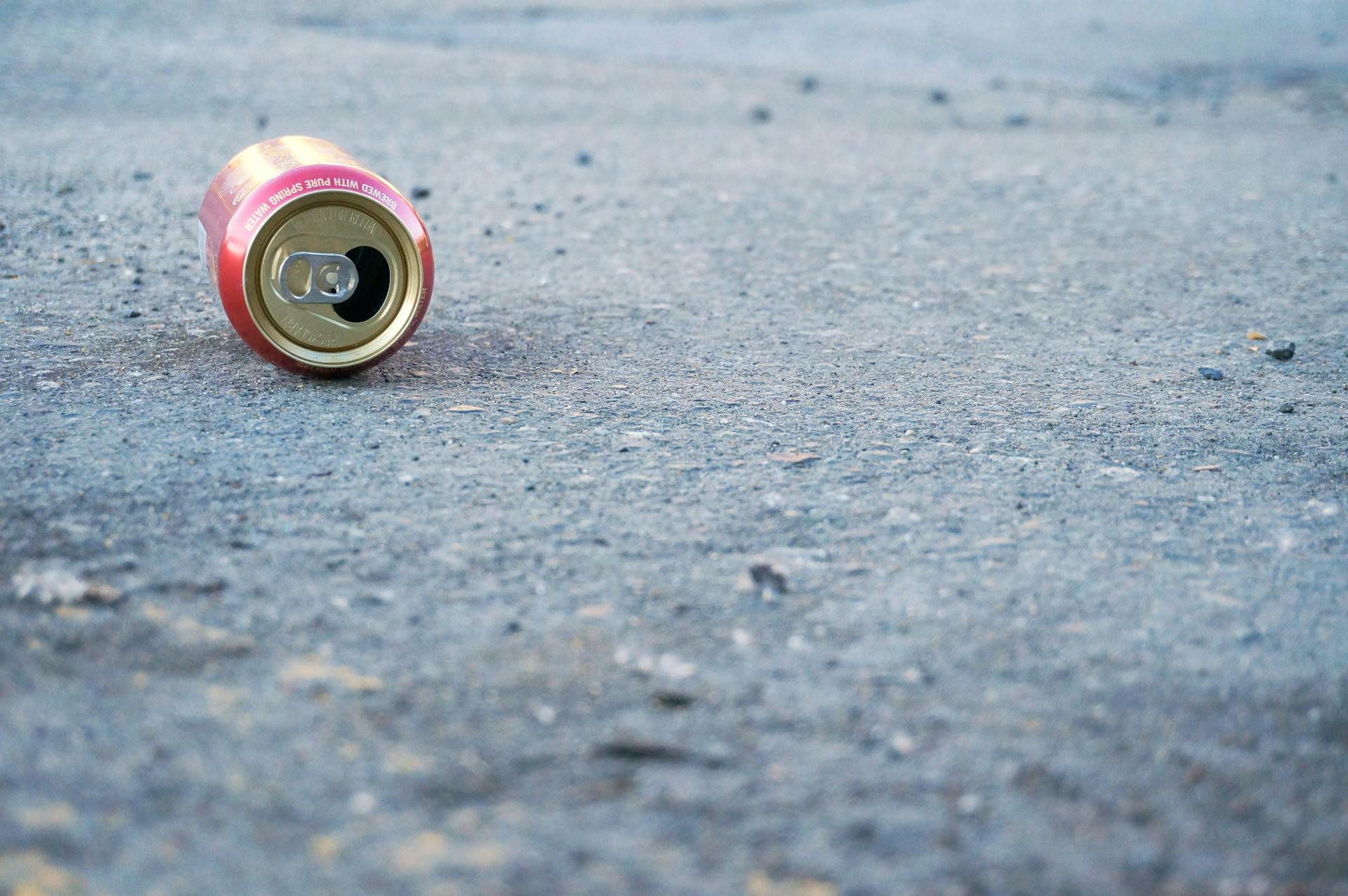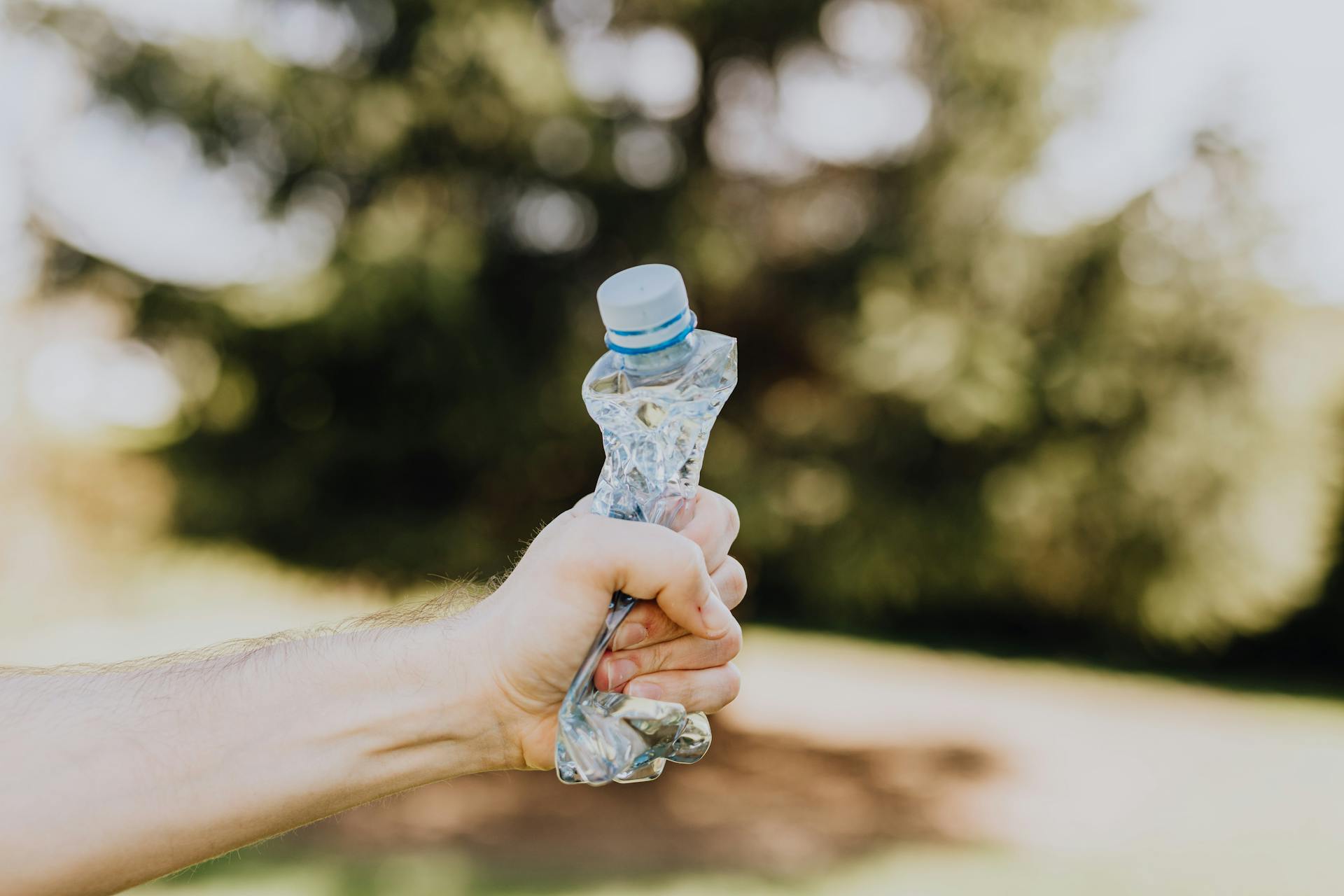
In the current pandemic, hand hygiene is of utmost importance. The market is flooded with hand sanitizers but most of them contain harsh chemicals that can cause skin irritation, dryness and allergies. Are you looking for a safe hand sanitizer that does not harm your skin? If yes, then this article on DIY non-toxic hand sanitizer is for you.
With the increasing awareness of the harmful effects of chemicals on the skin and environment, people are turning towards natural products. A DIY non-toxic recipe for hand sanitizer is easy to make and provides safe protection without any side-effects. The ingredients used in this recipe are easily available at home or can be easily procured from a local store.
Broaden your view: Hand Capsule Wardrobe
Craft Your Own Safe Hand Sanitizer with DIY Non-Toxic Recipe
Crafting your own non-toxic hand sanitizer is not only easy but also important for your health. Recent studies have raised questions about the antibiotics compound called triclosan, which is found in many commercial hand sanitizers. The US Food and Drug Administration reports that triclosan may carry unnecessary risks to human health, including suspected hormone disruptors and reproductive health problems.
Antimicrobial agents like triclocarban (ugh!) have been declared toxic by the Canadian government. Personal care products, hundreds of which we use daily, continue to contain harmful ingredients. The chemical industry still promotes apparent hygienic benefits of antimicrobial chemicals like triclosan, which are found in over-the-counter hand and body washes labeled "antibacterial" or "antimicrobial" or "antiseptic soaps." However, reformulating products is not happening quickly enough as consumers continue washing their hands with warm water and regular soap, which is equally effective.
To avoid Canada becoming a dumping ground for chemicals that other jurisdictions ban quickly, it is important to take matters into our own hands-literally! Crafting your own non-toxic hand sanitizer can be done using simple ingredients like rubbing alcohol or vodka mixed with aloe vera gel or glycerin. Essential oils such as tea tree oil or lavender add an antiseptic scent while boosting the antimicrobial power of the sanitizer. So why wait? Create your own safe and effective hand sanitizer today!
Discover How to Create a Safe Hand Sanitizer at Home

Creating your own hand sanitizer is a great way to ensure the safety of you and your family. To create this potent solution, you will need a 2-4 oz glass spray bottle, alcohol with an alcohol concentration of at least 70 degrees or higher, coconut oil, castor bean oil, distilled pine oil, liquid sole salt, and essential oils such as clove oil, lemon oil, or lemongrass oil. Simply mix ingredients vigorously and add distilled water until it reaches full strength. This recipe is perfect for removing grease and grime build-up from hands easily.
It's important to note that not all hand sanitizers are created equal. Research studies have shown that some hand sanitizers may contain hidden dangers such as triclosan exposure which modulates estrogen-dependent responses in female Wistar rats. The FDA also warns against drinking hand sanitizer which can be fatal. To stop people from drinking it by mistake steps are needed to be taken such as cleaning products facts sheets to educate the public.
Creating your own hand sanitizer is not only safe but can also make a great gift for friends and family members. Recommended products for creating your own hand sanitizer include 2oz amber glass spray bottles, essential oils sets which include rosemary oil essential oils, clove oil essential oils, lemon oil essential oils or lemongrass oil essential oils. Other recommended products include pink Himalayan salt coarse or fine and Ojio iodine Lugols solution along with pure gum spirits turpentine 4oz and organic castor oil. If you're interested in learning more about making mineralized Sole salt skin cleaning detoxification recommended courses can be found online from experts such as Dr Robert.
1. Share this:
If you're looking for an alternative to store-bought hand sanitizers, why not try making your own non-toxic version at home? It's easy, affordable and better for both you and the environment. To share this article with a friend, simply click on one of the social media icons below - Facebook opens, Twitter opens, LinkedIn opens or Reddit opens.
2. Related Posts
If you enjoyed reading about the DIY non-toxic hand sanitizer, then you might also be interested in learning about other natural and affordable ways to keep yourself healthy. For example, you could check out our article on probiotic mineralized fruit liqueur from July 24, 2015. This delicious drink not only tastes great but is also packed with beneficial bacteria that can help boost your immune system and improve digestion.
Additionally, if you're looking for more DIY health and beauty tips, be sure to check out our other posts on topics like natural skincare remedies and homemade hair treatments. By exploring different natural solutions to common problems, you'll not only save money but also reduce your exposure to harmful chemicals and toxins. So why not give it a try? Who knows - you might just discover your new favorite self-care routine!
3. Subscribe To Our Newsletter!
Are you looking for a safer alternative to commercial hand sanitizers? Look no further than our DIY non-toxic hand sanitizer recipe! But that's not all we have to offer. By subscribing to our free informative newsletter, you'll receive future updates on more DIY natural products, worldwide online life transformation group guided retreats, private videos, and Earth Shift products. Plus, as a thank you for subscribing, we'll send you an Earth Shift discount coupon code that includes free ground shipping within the 48 contiguous states. Don't miss out on our exclusive promo codes and join our community today!
4. Leave a Reply
We would love to hear your thoughts and feedback on our DIY non-toxic hand sanitizer article. Feel free to leave a comment below and join in on the conversation. By leaving a comment, you become a part of our community and contribute to member activity.
To ensure the safety of our readers, we kindly ask that you refrain from sharing any personal information in the comments section. Additionally, we have measures in place to reduce spam learn, so please be patient as your comment is being reviewed before it appears on the site. Your comment data is important to us and we take privacy seriously, so please read our privacy policy if you have any concerns.
Eliminating Harmful Germs: Hand Sanitizer's Powerful Impact
Hand sanitizer has become a crucial part of our lives, especially in the time of the coronavirus SARS-CoV-2 pandemic. Alcohol-based hand sanitizers are highly effective in quickly reducing a wide range of disease-causing agents on our hands, including viruses and bacteria. To be effective, CDC hand sanitizers require an alcohol volume requirement of at least 60%. However, not all commercially available hand sanitizers are created equally. Some may contain potentially harmful chemicals such as triclosan, which could lead to bacterial resistance and other health issues.
DIY non-toxic hand sanitizers can be made at home with simple ingredients such as rubbing alcohol, aloe vera gel, and essential oils. These homemade sanitizers can help to eliminate germs without exposing you to potentially harmful chemicals. However, it is important to note that even alcohol-based hand sanitizers don't eliminate all types of germs such as Clostridium difficile or when hands are visibly dirty after yard work or gardening.
Despite the slimy opt for some people or the fact that they shouldn't replace washing your hands with soap and water in most cases, using hand sanitizer regularly is an easy way to help prevent the spread of illnesses. It's important to choose a reliable alcohol-based hand sanitizer or make your own DIY version using safe and natural ingredients. By incorporating this simple step into your daily routine, you can do your part in eliminating harmful germs from your hands and helping keep yourself healthy during these challenging times.
Some Suggestions for a Safe Homemade Hand Sanitizer
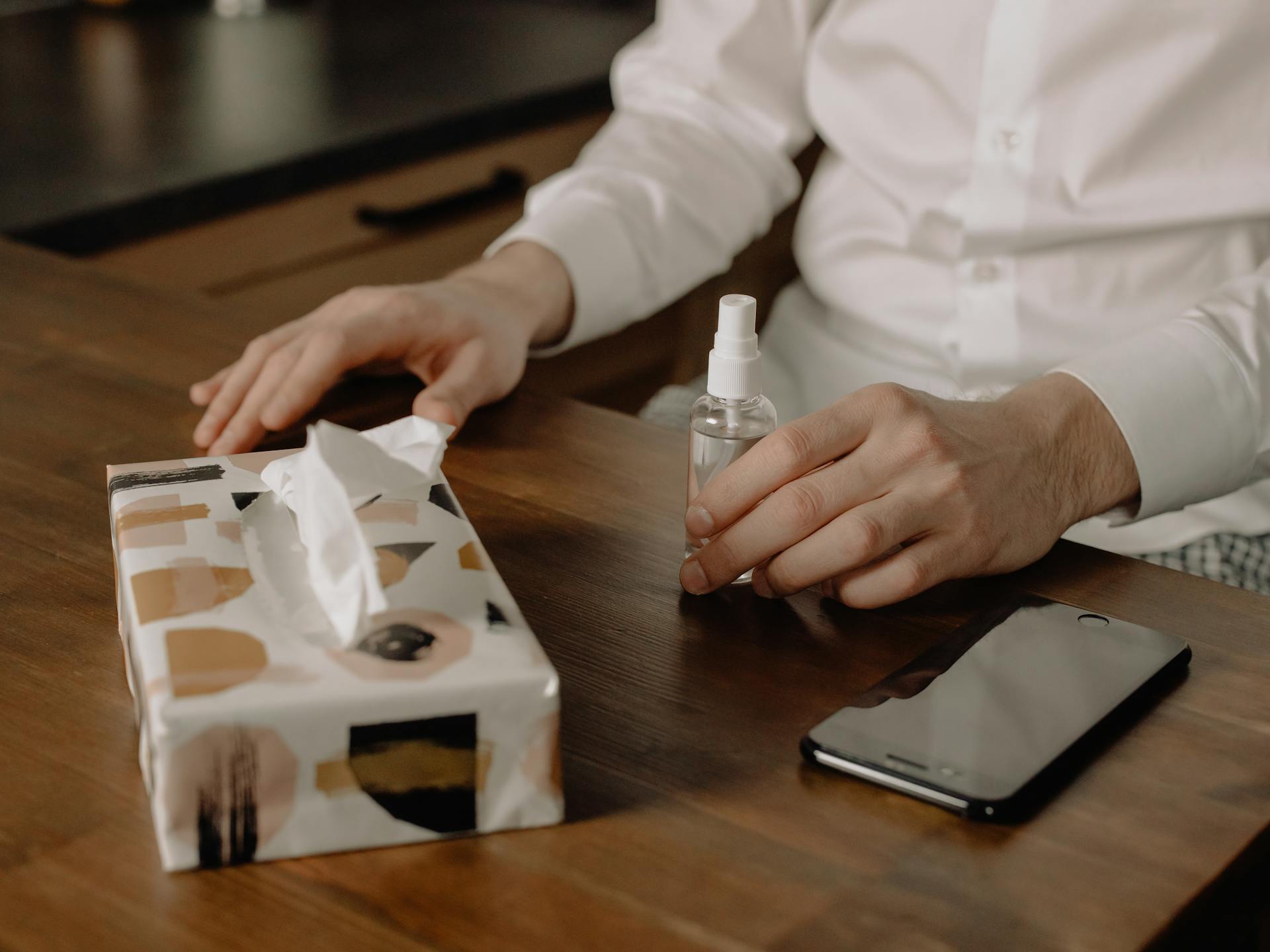
As the demand for hand sanitizers increases, many people are turning to DIY non-toxic hand sanitizer recipes. However, it's important to ensure that your homemade hand sanitizer meets strict criteria for safety and effectiveness. When making your own hand sanitizer, consider using essential oils from ethical companies that prioritize sustainability and fair trade practices in their sourcing.
Unfortunately, cases of farmers being exploited and deplorable conditions in the natural world are not uncommon in the beauty industry. By picking ethical companies, you can ensure that your DIY hand sanitizer is made with ingredients that meet strict criteria for both environmental stewardship and social responsibility. Make sure to do your research and look for eco hubs or other resources that can help guide you towards ethical suppliers and ingredients.
1. Share your thoughts
The idea of a DIY non-toxic hand sanitizer is becoming more popular by the day, and for good reason. With the ongoing pandemic, people are more aware than ever of the importance of keeping their hands clean and germ-free. But with so many store-bought hand sanitizers containing harmful chemicals like triclosan and parabens, it's no wonder that people are turning to natural alternatives.
Making your own hand sanitizer is surprisingly easy and affordable. All you need is some rubbing alcohol, aloe vera gel, and a few drops of essential oils for fragrance. Mix these ingredients together in a small bottle or container, and you have your very own non-toxic hand sanitizer that is just as effective as the store-bought kind. Plus, you can customize it to your liking with different scents and strengths.
So why not give it a try? Not only will you be doing your part to stay healthy during these uncertain times, but you'll also be avoiding harmful chemicals that could be damaging to both you and the environment. And if you have any thoughts on this topic or want to share your own DIY recipe, feel free to leave a comment below or submit your email address in the published required fields.
Discover the Essential Components for Delicious Recipes
When it comes to making a DIY non-toxic hand sanitizer, there are several essential components that you need to consider. These components are key in ensuring that you come up with an effective germ-busting hand sanitizer that will keep your hands clean and safe from germs. First and foremost, you need to have aloe vera gel as the base ingredient.
Aloe vera is known for its healing properties, and it is great for the skin. The minimum amount needed of aloe vera gel is 21 proportion of the sanitizer. Secondly, you need essential oils such as tea tree oil, lavender oil, or lemon juice. These oils will help to add fragrance to your hand sanitizer while also providing additional benefits like antibacterial properties.
The last component to consider when making your DIY non-toxic hand sanitizer is alcohol content. While alcohol may not be necessary for all sanitizers, it does play a crucial role in killing germs. A minimum amount of alcohol content should be added along with other ingredients for maximum effectivity. With these essential components in mind, you can create a delicious recipe for an effective germ-busting hand sanitizer that will keep your hands clean and safe from harmful germs.
Ensuring Your Safety: What You Need to Know
DIY non-toxic hand sanitizers have become increasingly popular, especially in the wake of the COVID-19 pandemic. However, it is essential to understand that not all DIY hand sanitizer recipes are safe. Some recipes including improper ingredients can pose a risk to your health and safety. To safely make homemade hand sanitizers, you need to be aware of the hazards and take necessary precautions.
It's important to note that homemade hand sanitizer might not be as effective as commercially produced ones in extreme situations. But if you're unable to purchase a commercial one for the foreseeable future, making your own can be an alternative. Be cautious when using hazardous chemicals such as bleach or rubbing alcohol; these can cause skin irritation injury if used improperly.
Children are at greater risk of harm from improper hand sanitizer usage. It's essential to keep homemade hand sanitizers out of reach of children and properly label them to avoid any accidental ingestion. Always remember that efficacy meaning how well a product works varies based on factors like concentration and contact time. So, make sure you follow a recipe with precise measurements and follow proper application methods for maximum effectiveness.
Frequently Asked Questions
Does hand sanitizer kill germs?
Yes, hand sanitizer kills germs by reducing their numbers on the skin. However, it is not effective against all types of germs and should not be used as a substitute for proper hand washing with soap and water.
How to make homemade hand sanitizer?
To make homemade hand sanitizer, mix 2/3 cup of rubbing alcohol with 1/3 cup of aloe vera gel and add a few drops of essential oil for fragrance. Stir well and store in a clean container.
What is the best hand sanitizing formula?
The best hand sanitizing formula contains at least 60% alcohol and is effective against a broad spectrum of germs. Look for products that meet these criteria and follow proper hand hygiene practices for optimal protection against illness.
How to make your own hand sanitizer?
To make your own hand sanitizer, mix 2/3 cup of rubbing alcohol with 1/3 cup of aloe vera gel and a few drops of essential oil for scent. Stir well and pour into a small container for use on-the-go.
What is the best hand sanitizer to avoid alcohol?
The best hand sanitizer to avoid alcohol is one with at least 60% ethanol or 70% isopropanol as the active ingredient, such as Purell Advanced Hand Sanitizer. However, it's important to note that alcohol-based sanitizers are generally considered more effective than non-alcoholic alternatives.
Featured Images: pexels.com
